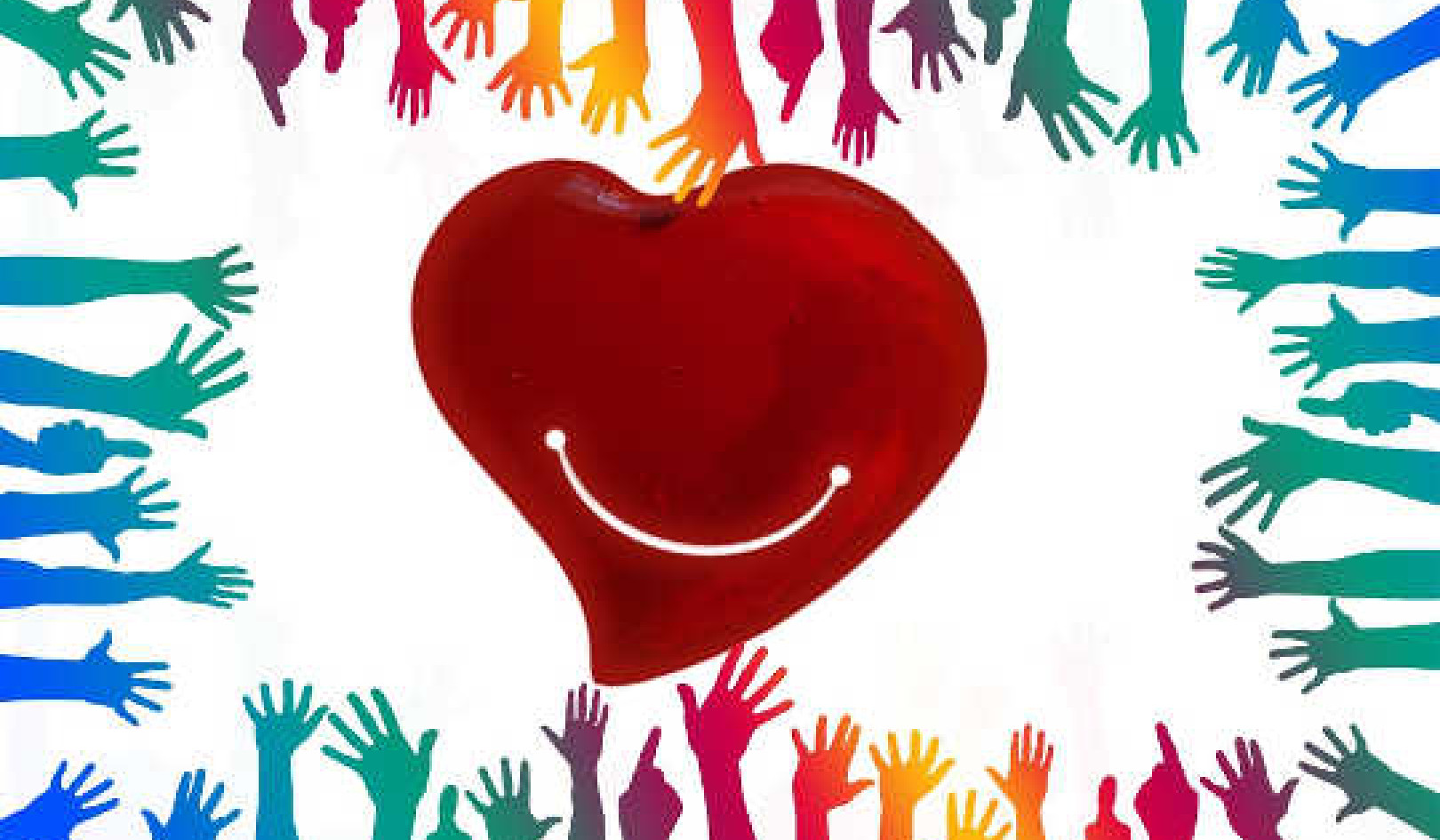
True or false:
* Couples with great relationships don’t fight.
* Most people expect too much from marriage.
* All the good men/women are already taken.
* Love can heal all wounds.
* If my partner were more like me, we’d have a better relationship.
These are some examples of commonly held beliefs about love, but do these beliefs help or harm your ability to sustain a relationship? Just as importantly, how do you know these beliefs are true?
The Myths That Fuel Our Lives
We call these beliefs “myths” because we consider them to be unsubstantiated ideas that many people accept without question. A myth is defined as “an unproved or false collective belief that is used to justify a social institution.”
Myths are not personal ideas; they are collective attitudes or stories that possess the power to influence a large number of people. Myths may or may not contain some truth, but whether or not they do, we often repeat them as received wisdom.
Beliefs That Can Get Us Into Trouble
Such beliefs can get us into a lot of trouble. When everyone around us seems to share the same ideas, we rarely question them. We don’t even see them as beliefs. We regard them as facts, universal truths, or as the way things are, and we act accordingly.
When we unquestioningly accept a myth, or a system of thinking and doing things, we become locked into a fixed and rigid perspective that makes it impossible to entertain other points of view. It’s the mental equivalent of going through life in a straitjacket.
On the other hand, when we recognize a myth for what it is — a point of view that can be subject to question — we open ourselves to the possibility of considering other ways of seeing and doing things. Relaxing a fixed perspective allows us to access a wider range of responses. This makes it possible for us to be more creative and better able to understand another person’s perspective. Suddenly, we can see things from a more expanded point of view, and the world opens up.
Loosening Our Attachments To Widespread Myths About Love
Relationships require open-mindedness in order to thrive. Loosening our attachments to widespread myths about love enables the kind of flexibility that strengthens relational bonds. In a relationship, more openness translates into greater mutual understanding.
Our goal is to encourage this kind of open and flexible approach to your romantic relationships and committed partnerships. We aren’t asking you to stop believing what you believe. We aren’t hoping to install a different set of beliefs or a new version of software into your brain. Rather, we want to encourage you to recognize when certain ideas about love have become so deeply embedded in your thinking that it hasn’t ever occurred to you to question them.
When we step back and see these ideas for what they are — as points of view or opinions, not reality — we free ourselves of inaccurate or unconscious assumptions that may not be serving us, particularly in the context of our relationships.
Considering Other Perspectives
The ability to consider other perspectives enables us to communicate with greater understanding and trust, which minimizes conflict. Relationships aren’t meant to conform to certain standards or fit certain ideals; they aren’t right or wrong based on some external measuring stick. Instead, when two people share love, empathy, and compassion, they create a unique partnership that may or may not conform to society’s beliefs and definitions.
Freeing ourselves from the hold of rigid beliefs is one of the most empowering things that we can do in our lives and in our relationships. This is an essential part of the process of cultivating the kind of wisdom that characterizes all great relationships.
The dictionary defines wise as “marked by deep understanding, keen discernment, and a capacity for sound judgment.” An essential step in the process of assessing what is true is to evaluate what isn’t true. While a myth may contain a kernel of truth, it isn’t true in its entirety.
Why Are Myths So Attractive?
Myths are attractive for several reasons. One is that by adopting them, we feel integrated within a larger community of people who share the same collective perspective. Also, they free us from the responsibility of having to assess people and circumstances on an individual, case-by-case basis. This discernment takes work, and myths provide us with a prepackaged description of “the way things are.” But the price that we pay for this “shortcut” is a loss of our ability to see things for ourselves.
Another consequence is that living by culturally approved myths blunts our passion for living and diminishes trust in our own judgment. Accepting myths without questioning them prevents us from experiencing the full measure of freedom, passion, and personal power that is available to us when we take ownership of our own inner authority.
The Truth Will Set You Free
If it is in fact true that the truth will set you free, then perhaps the first step is recognizing when something isn’t necessarily true. Believing something to be true when it may not be can be dangerous business indeed.
When we act in ways that affirm such untrue beliefs, we can create self-fulfilling prophecies that provide more “evidence” that validates potentially inaccurate views. Over time, we become incapable of seeing these beliefs for what they are, especially since our larger society already holds them as true.
This can be particularly dangerous in relationships, where distinguishing reality from perception can require exceptional powers of discernment. When we act in accordance with beliefs that are unverified, we’re not operating from an accurate compass, and so we can end up in places other than where we intended to go.
Seeing A Myth For What It Is And Questioning Its Validity
Another attractive aspect of myths is that they often “feel” true. In relationships, when we experience difficult emotions — such as disappointment, anger, helplessness, guilt, resentment, or some combination of the above — we usually don’t attribute those feelings to ungrounded beliefs. Instead, we usually blame our partner or ourselves. It may never occur to us that no one is “at fault.” Rather, we may simply need to revise a belief about “the way things are.”
Seeing a myth for what it is and questioning its validity enables us to exert more influence in our relationship. In so doing, we can see our relationship not as a fixed entity but as an evolving process, one that expresses itself moment to moment in a constantly shifting dance.
One indicator of emotional maturity is the number of illusions about the world that one has given up. The process of examining our beliefs can be humbling because it requires us to be willing to detach from previously held positions. Yet the payoff is huge. We gain freedom, passion, creativity, personal power, wisdom, and fulfilling relationships. And all we have to give up are our illusions.
Some things are worth losing. Don’t believe everything you think.
Myth 1: And they lived happily ever after.
Who would have ever thought that six harmless words could lead to so much disappointment? How many stories and fairy tales end with this phrase?
Many of us may also believe that when we enter into a committed partnership, that’s the end of the story. Whatever we might be looking for — security, fulfillment, acceptance, unconditional love, support, friendship, intimacy, sex, or any number of other experiences — this valuable thing will be ours forever, we believe, now that we are sharing a life together with this other person.
It’s no wonder that when the honeymoon ends, as sooner or later it inevitably does, we experience a letdown. Perhaps we even feel real doubt about having chosen the “right” partner.
Why? Why? Why?
Why do so many marriages end in divorce? Why do so many people live in unhappy marriages? Why don’t we see more examples of truly fulfilling relationships?
In part, this is because many people have adopted, at least partially, Western culture’s myths about marriage. To most people, “happily ever after” means: If you love each other, you shouldn’t fight. A relationship will be consistently blissful forever. You never have to say you’re sorry...about anything. You’ll never be lonely again, and about a thousand other things that turn out to be untrue. The word for these beliefs is “illusions.”
In truth, in any relationship, there will be fights. You will have doubts and moments of uncertainty. You will periodically feel lonely. And when you experience remorse or regrets over something you’ve done, you will need to apologize.
It is in our nature as human beings to have these experiences, whether we are single or partnered, and regardless of who the other person is. It is inherent in the package of being a human being. It’s who we are. There isn’t any perfect person or perfect relationship. Nobody can fulfill the promise of providing someone else with a permanently blissful life.
When we see through our illusions, marriage can become the way to experience our heart breaking with sorrow and sometimes cracking open with joy. It is where we can discover how much more of life is available when we become as committed to our partner’s well-being as we are to the fulfillment of our own. It is heaven, and it is hell. It is, as Zorba the Greek said, “the full catastrophe.”
Creating Deep And Lasting Trust In A Relationship
It takes lots of patience to do the work of creating deep and lasting trust in a relationship. It also takes time and persistence. We have to be able to persevere, even when we are discouraged and afraid, which from time to time we probably will be.
We don’t arrive at an exquisite joining of innermost hearts merely by becoming partners. There is work to do to reap these benefits. Some of those times are not so happy. They contain struggle and ordeals.
Going through periods of disappointment and pain is part of the price that we pay for the joys of long-term connection. These difficulties not only provide important lessons, but amplify our appreciation of the joys in our relationship.
If we could experience for one moment what is available to two people who share a pure love, we would gladly undergo any sacrifice that is necessary to achieve it.
* Subtitles by InnerSelf
©2016 by Linda and Charlie Bloom.
Reprinted with permission from New World Library.
www.NewWorldLibrary.com
Article Source
 Happily Ever After...and 39 Other Myths about Love: Breaking Through to the Relationship of Your Dreams
Happily Ever After...and 39 Other Myths about Love: Breaking Through to the Relationship of Your Dreams
by Linda and Charlie Bloom.
Click here for more info and/or to order this book.
About the Authors
 Linda Bloom, LCSW, and Charlie Bloom, MSW, married since 1972, are bestselling authors and the founders and codirectors of Bloomwork. Trained as psychotherapists and relationship counselors, they have worked with individuals, couples, groups, and organizations since 1975. They have lectured and taught at learning institutes throughout the USA and have offered seminars throughout the world, including China, Japan, Indonesia, Denmark, Sweden, India, Brazil, and many other locations. Their website is www.bloomwork.com
Linda Bloom, LCSW, and Charlie Bloom, MSW, married since 1972, are bestselling authors and the founders and codirectors of Bloomwork. Trained as psychotherapists and relationship counselors, they have worked with individuals, couples, groups, and organizations since 1975. They have lectured and taught at learning institutes throughout the USA and have offered seminars throughout the world, including China, Japan, Indonesia, Denmark, Sweden, India, Brazil, and many other locations. Their website is www.bloomwork.com































